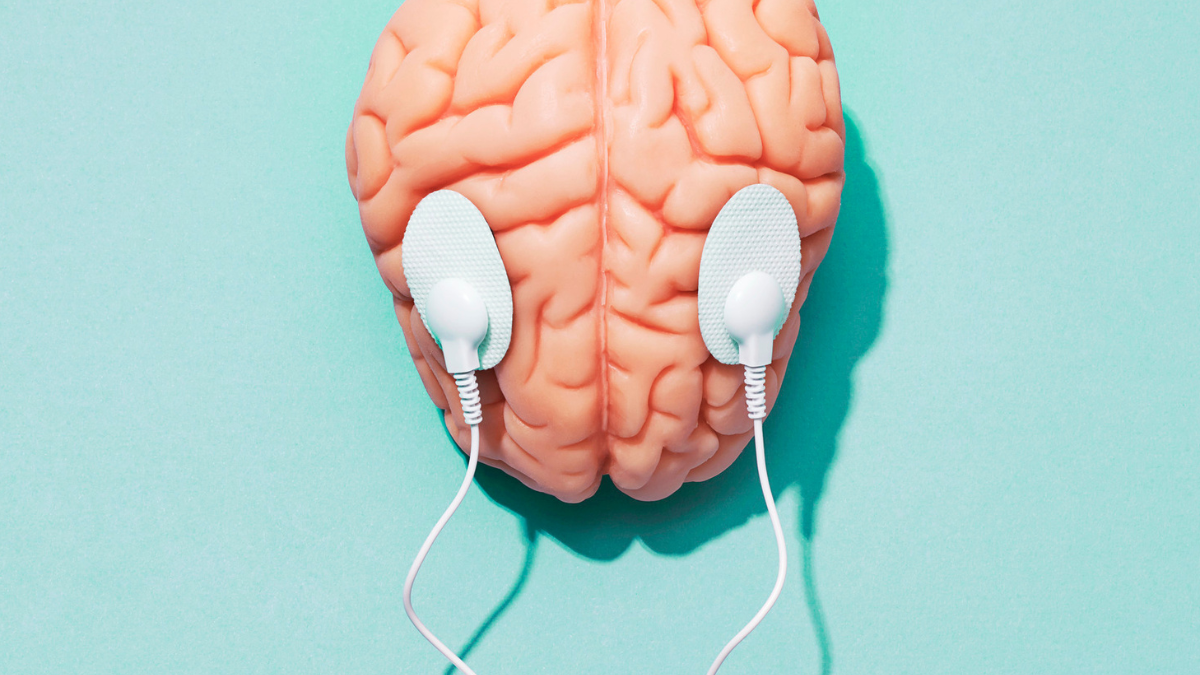
Self care strategies for law students
April 23, 2024
The Conveyancing Protocol as outlined by The Law Society
April 23, 2024Article by Salma Khalif.
Reading time: 10 minutes
Ahead of Mental Health Awareness Week 2024 (13-19 May), The Student Lawyer’s D&I team have written a series of articles to educate and raise awareness about mental health.
This article will examine barriers to accessing mental health care, disparities in access among different populations, and potential solutions for improving access and equity.
Background
In today’s world, the significance of mental health and well-being is key. However, despite growing awareness, access to mental health services remains a challenge for individuals in diverse communities. From financial barriers to geographical limitations and social stigma’s, numerous factors prevent individuals from receiving the support they need.
Disparities in access persist among different populations, with racial, ethnic, gender, and age-related factors playing significant roles. Considering these challenges, it is important to examine the root causes of these disparities and explore potential solutions to promote equity. This will ensure that all law students have equal access to the mental health care they deserve.
Understanding Barriers to Access
For law students, financial barriers to accessing mental health care are significant. Many struggle, due to the costs associated with treatment. This leads to avoidance of seeking help altogether.
Socioeconomic status further increases these challenges, with lower-income law students disproportionately affected. Addressing these financial barriers is essential to ensure that all law students have equal access to the mental health support they need to thrive academically and personally.
Geographical location poses significant challenges for law students seeking mental health care. In rural or underserved areas, access to services is limited, worsening the already existing barriers. Moreover, the shortage of mental health providers in certain regions further increases these challenges, making it difficult for law students to access timely and appropriate care.
For law students, societal stigma surrounding mental health can be a major deterrent to seeking help. The fear of judgment or discrimination may prevent them from acknowledging their struggles or reaching out for support.
Additionally, cultural factors play a significant role, influencing perceptions of mental health and access to services. Understanding and addressing these barriers are essential to creating a supportive environment where law students feel empowered to prioritise their mental well-being.
Disparities in Access Among Different Populations
For law students, racial and ethnic disparities present significant obstacles to accessing mental health care. There are notable differences in access to services among different racial and ethnic groups, with systemic factors playing a crucial role. For example, studies show, among adults with diagnosis-based need for mental health or substance abuse care, 37.6% of Whites, but only 22.4% of Latinos and 25.0% of African Americans, receive treatment.
Gender disparities in mental health care access pose challenges for law students. The impact of gender on access to services is influenced by societal norms and expectations, which may discourage help-seeking behaviors. For example, Women were 20% more likely to consider seeking care than men. Whereas men were 12% more likely to get care.
Law students face age-related disparities in accessing mental health care, spanning different stages of life from childhood to senior years. Each age group encounters unique challenges, and understanding these differences is crucial for developing targeted solutions.
Solutions for Improving Access and Equity
Policy interventions hold promise for addressing mental health access disparities among law students. Initiatives like Medicaid expansion and parity laws aim to improve access to services. For example, the NHS new standards highlight that older adults presenting to community-based mental health services should start to receive help within four weeks from referral.
Telehealth and digital platforms offer innovative solutions to enhance mental health access for law students, particularly in underserved areas. These technologies provide convenient and flexible options for seeking support. For example, Mobile mental health support can be very simple but effective. Anyone with a phone or computer can call, text, or chat the 988 Suicide and Crisis Lifeline at any time.
Community-based interventions play a vital role in promoting mental health access and equity for law students. By examining grassroots efforts and the role of community organisations and peer support networks, law schools can foster supportive environments that empower students to prioritise their mental well-being.
Overall
Addressing mental health access barriers and fostering equity is vital for supporting the well-being of law students. By recognising and tackling financial, geographical, and cultural obstacles, we can create an inclusive environment where all students have equal opportunities to seek care. Policy interventions, and telehealth advancements offer promising solutions, while community-based approaches, like peer support networks, play a crucial role in fostering support within law schools.
Prioritising mental health access and equity is not only a moral imperative but also essential for cultivating a resilient and thriving legal community. Let’s continue advocating for policies and practices that prioritise the mental well-being of law students and promote a culture of support and compassion within legal education.





